It is very tempting to simply pick up our steel wool pads whenever we see any burnt food stuck to the stainless steel pans or our sinks holding stains should they be used to clean stainless steel?
There’s hardly a home that does not have an item made with stainless steel. And since cleaning is one way of preserving and maintaining the shine, we have to know how to clean stainless steel without leaving behind scratches or damage.
In this article, we will be talking about Brillo pads and steel wool on stainless steel; if they are good and won’t cause scratches. We will also look at the best methods to clean stainless steel pans and sinks. As a bonus, we’ll give steps to buff out scratches from stainless steel surfaces.
Will Brillo Pads Scratch Stainless Steel?
Brillo pads will scratch stainless steel surfaces. Abrasive sponges, scrubs, pads, erasers, etc. should not be taken anywhere near stainless steel. This is why Brillo pads aren’t good for stainless steel as they will scratch it.
Stainless steel appliances are great and durable because they do not rust or corrode easily. They are easy to maintain and they retain their brilliance for a long time if cleaned properly.
But stainless steel quickly loses its brilliance when cleaned with abrasive cleaners.
Brillo pads are household cleaning materials that come with soap embedded in them. They are great at removing grime and dirt and removing even the toughest of stains but they are abrasive so they are not suitable for delicate objects like porcelain, stainless steel, etc.
There are better materials and cleaners for your stainless steel which won’t cause any damage.
When you use a Brillo pad on your stainless steel, it leaves tiny scratches that you may not even notice at first and this can fool you into cleaning your stainless steel with brillo pads all the time.
As you continue to do this, over time your stainless steel will begin to look dull and unattractive because of the many scratches. This may have a lasting effect on your precious appliance.
Can You Use Steel Wool on Stainless Steel Pans?
You should not use steel wool on stainless steel pans as abrasives damage stainless steel. Not only will it scratch the pans, but steel wool will also leave tiny particles (residues) on the surface of the pan. These particles will later rust, staining the pan and causing the whole thing to corrode faster.
Even if you wipe the particles away every time you clean your pan with steel wool, the scratches it will cause will let your pan become dull over time.
When compared with Brillo pads, most steel wool pads are even coarser and are naturally going to scratch stainless steel surfaces.
NOTE: Stainless steel pans are so delicate that even harsh cleaning solutions will hurt them. So you must avoid bleach and other cleaning chemicals. (Source)
Most of the stainless steel pans have a fine finish. Abrasives like steel wool will damage this finish leaving iron particles on the pans that will quicken the rusting process.
If the stainless steel pan is of high quality it may not rust or take a while to rust, but you shouldn’t take that chance.
The tiny scratches caused by steel wool on your pans will also trap food particles that you cook in them. The food will stick in those crevasses and when you continue using the pan that way, the burnt food residues will become difficult to get rid of and the pan will lose its beauty.
Very fine steel wool, like #0000 can be used to clean stainless steel pans without leaving scratches but you would have to be very careful.
Instead of taking this risk, you should go for other options (such as vinegar) that will produce the same results or better.
Let’s look at the best way to clean stainless steel pans.
Best Way to Clean Stainless Steel Pans
Your stainless steel pans should be washed after use. It doesn’t help to leave them dirty for a long time. Cleaning them right away after cooking reduces the elbow grease needed if you want to clean them later.
If the pan is just dirty with no burnt marks or stuck-on food, then you only need soap and a sponge.
YOU’LL NEED
1- Detergent/Liquid Soap
2- Sponge
3- Wooden spoon
STEPS
STEP 1: Let the stainless steel pan cool, then pour some water into it.
STEP 2: Add detergent or liquid soap, just enough to get the pan clean.
STEP 3: Use a non-abrasive sponge or pad to scrub it for a few seconds.
STEP 4: If there are water spots or barely-noticeable stuck-on food particles, bring the water and soap to a boil inside the pan. Then use a wooden spoon to scrape off the mess. It will come off easily.
STEP 5: You can now use a sponge to scrub the pan. And you are done.
If you want to do a more thorough cleaning; for example, if the stainless steel has burnt marks or burnt food stuck on it or it is discolored, you need more than soap and water to return its shine.
YOU’LL NEED
1- Vinegar
2- Baking soda
3- Water
4- Spatula
5- Sponge
STEPS
STEP 1: Pour one part vinegar and one part water into your stainless steel pan. Let it cover the burnt marks or discoloration you want to remove.
STEP 2: Bring the water to a boil and let it simmer until the solution reduces a bit.
STEP 3: Pour a few tablespoons of baking soda into the solution. Two or three is enough. Stir and bring it to boil again.
STEP 4: When it boils, leave the solution to cool inside the pan. Don’t let it get cold.
STEP 5: Use the spatula to scrape the burnt food off the pan and it will come off easily.
STEP 6: If it’s the discoloration you want to remove, use a sponge to scrub the pan with the solution until you see the normal color coming back.
STEP 7: Now rinse the pan and wash it with a clean sponge and soap getting rid of the solution completely.
STEP 8: Finally, air-dry your stainless steel pan.
Can You Use Steel Wool on Stainless Steel Sink?
Just like every other stainless steel material, stainless steel sinks cannot be cleaned with steel wool. These sinks are also prone to scratches and can rust or corrode when cleaned with steel wool.
While cleaning, tiny bits of the steel wool will break off and will remain on the sink surface. You won’t be able to get it all off. These bits will later rust and aid the rusting of the sink too.
The sink will also lose its shine and become dull. It is better to use a non-abrasive sponge and other cleaning materials or solutions that aren’t harsh.
Also, avoid staining your stainless steel sinks or letting them rust so you won’t need an abrasive to get them clean.
Best Way to Clean Stainless Steel Sink
Try to clean your stainless steel sink as often as possible. By doing this you reduce its tendency to rust and develop stains or water spots. It’s the best way to make your stainless steel sink last longer.
You don’t need to do much and it doesn’t require much effort. You can be done in two minutes.
Rubbing a sponge or pad on the stink with the debris still on it can damage your stainless steel sink so before cleaning your stainless steel sink, make sure you remove all leftover food and other particles from it.
After picking them up, rinse the sink so that other particles you weren’t able to pick up can be washed down the drain.
STEP 1: Get a non-abrasive sponge and some dishwashing liquid. Squirt the liquid soap over your sink. Not too much.
STEP 2: Then wet the sponge and use it to wipe the sink clean.
STEP 3: When you are done, rinse the sink. You can then leave it to dry off.
If your stainless sink already shows signs of rust or has water spots or stains that are hard to remove, you need more than dishwashing liquid. Your best bet is Bar Keeper’s Friend.
YOU’LL NEED
1- Non-abrasive sponge/pad
2- Bar Keepers Friend
3- Soft cloth
4- Water
STEPS
STEP 1: Get your sink wet and sprinkle some Bar Keeper’s Friend powder over it. Pay attention to liquid or food stains, water spots, and rust stains.
STEP 2: Allow the powder to sit for a while but don’t let it dry. One or two minutes should be sufficient.
STEP 3: Scrub the stainless steel sink with a non-abrasive sponge. Pay attention to the places you really want to extra clean.
STEP 4: Rinse the sink with water and dry with a soft cloth. Your stainless steel sink will look like new.
How Do You Buff Out Scratches on Stainless Steel?
Sometimes you can’t protect your stainless steel from scratch no matter how careful you are. You probably washed your stainless steel pans and plates with other materials and go them scratched.
Whichever way it happened, there are reliable methods of buffing out these scratches without stress. Let’s look at a few.
If it’s NOT a deep scratch, then try doing the following:
STEP 1: Put whitening toothpaste on a toothbrush.
STEP 2: Use the toothbrush to brush over the scratch following the grain lines. Do it for a few minutes.
STEP 3: Use a damp soft cloth to wipe the paste off and check if the scratches are gone. If they aren’t, repeat the process.
STEP 4: Once the scratches have been removed, buff the stainless steel surface. Put some olive oil on the scratches and wipe with a soft cloth.
You can also use vegetable or olive oil alone to buff out scratches from stainless steel. Just put the oil of your choice on a soft cloth and rub it on the scratches following the grain. Do it until the steel is polished.
For DEEP scratches, use stainless steel scratch removal or sandpaper:
Method 1: Using Scratch Remover Compound
YOU’LL NEED
1- Three microfiber cloths
2- Stainless steel scratch remover compound
STEPS
STEP 1: If the removal compound is in powder form, add water to some to make a paste. Let it be a thick paste.
STEP 2: Put some paste on a microfiber cloth and use it to rub the scratches on the stainless steel. Do it back and forth in the direction of the grain until the scratches buff out and the steel appears polished.
STEP 3: Use a slightly damp microfiber cloth to wipe the surface removing the paste from the steel. Then use a dry microfiber cloth to wipe the steel removing all water and wetness.
Method 2: Using Sandpaper
For this method, you need two sets of sandpapers of different grit. This method is better used on uncoated or plain stainless steel.
YOU’LL NEED
1- Two sandpaper (different grit)
2- Water
3- Two cloths
4- Oil
STEPS
STEP 1: Wet a sandpaper of 400 grit and sand the scratches in the direction of the grain blending them in with the steel. You should also pour some water on the scratch area.
NOTE: The sandpaper needs to be very wet (not just damp) to work well. Don't sand back and forth as this can damage your stainless steel. Just stick to one direction.
STEP 2: Do this until you see changes. When you are satisfied, use a finer grit of sandpaper to buff out the areas you sanded.
STEP 3: Clean the dust from the area (from your stainless steel). Make sure you use a wet cloth to do this following the direction of the grain.
STEP 4: Dry the stainless steel surface with a cloth and use olive or vegetable oil to polish the surface.
Final Thoughts!
Brillo pads will scratch stainless steel even if you are careful with them and apply no pressure. They can’t help being abrasive and stainless steel gets scratched easily because abrasives cause damage to stainless steel.
Whether stainless steel pans, sink, spoon, or any home appliance, non-abrasive brushes and cleaners are the best way to clean them. Pumice stones are to be avoided at all costs.
We have also explained in detail the best methods to clean these stainless steel appliances and how to remove scratches from them.

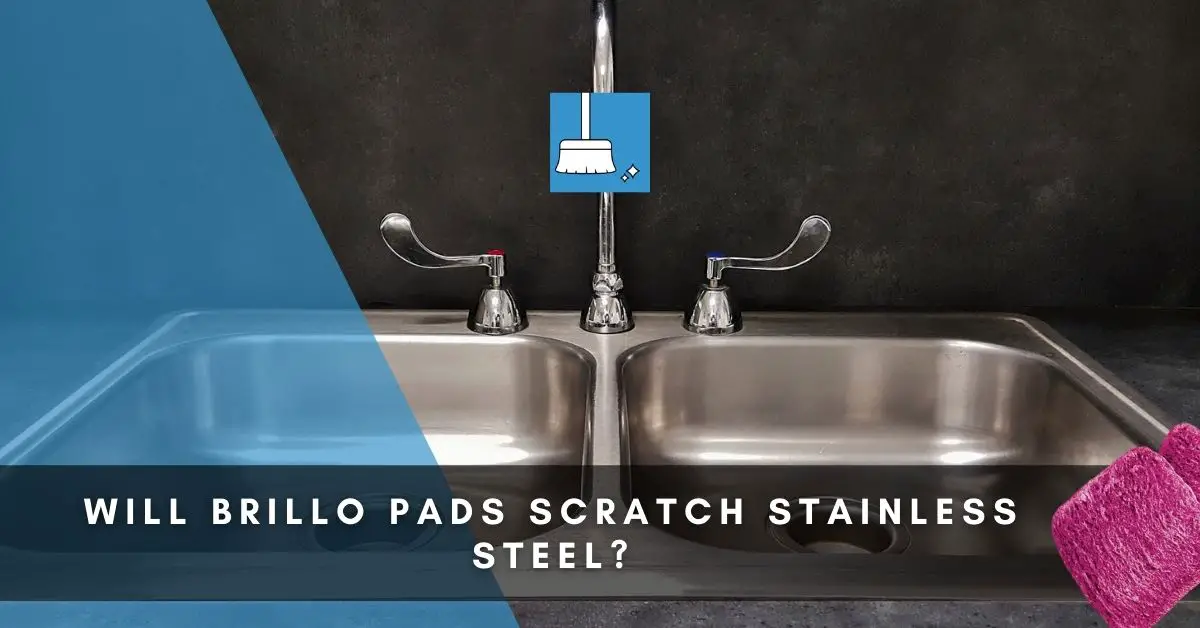
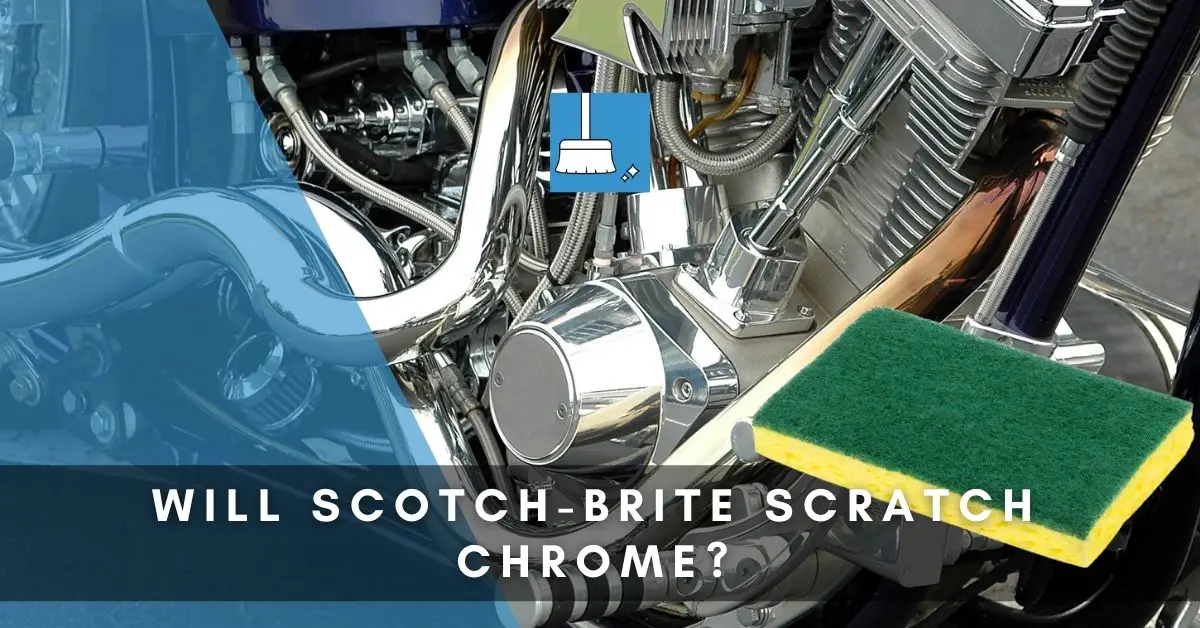
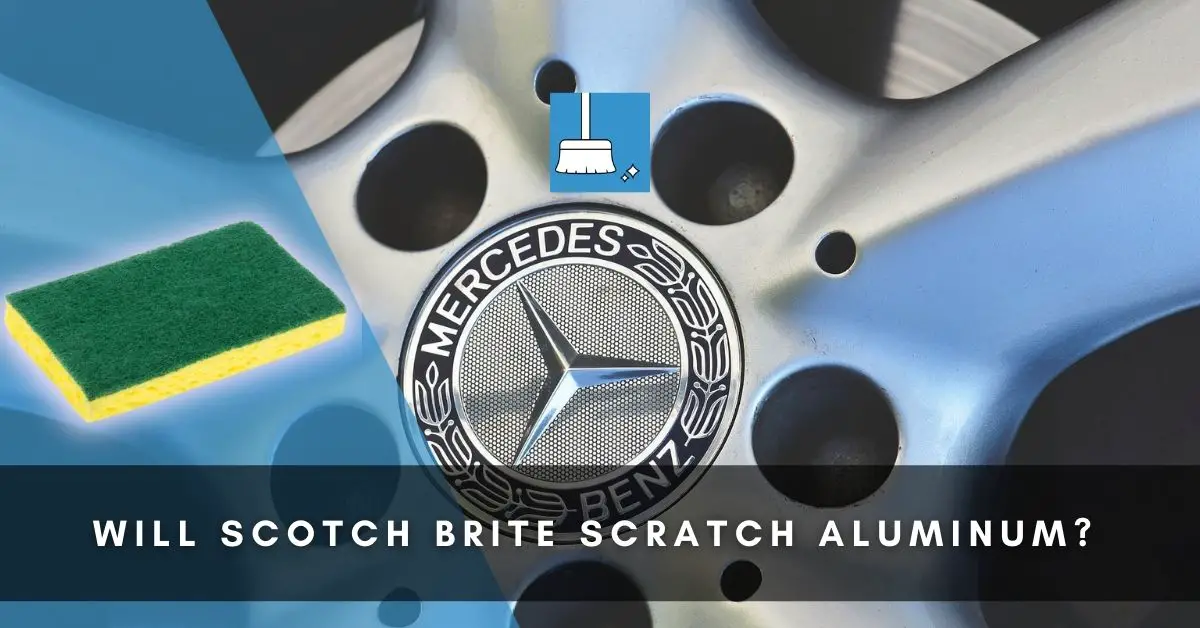
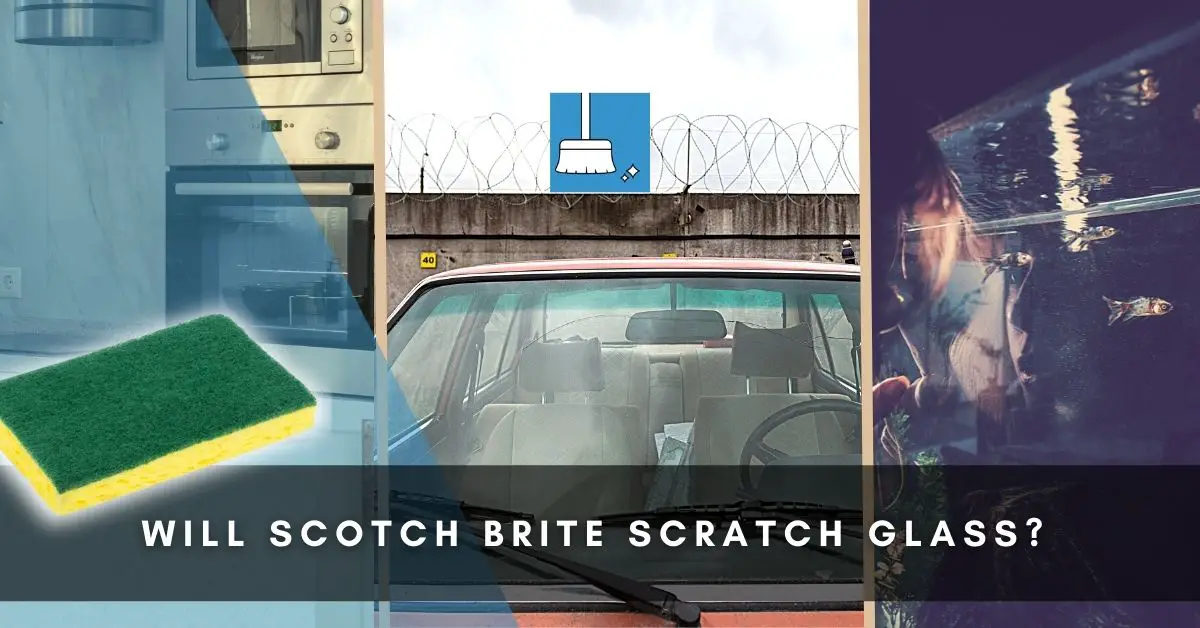
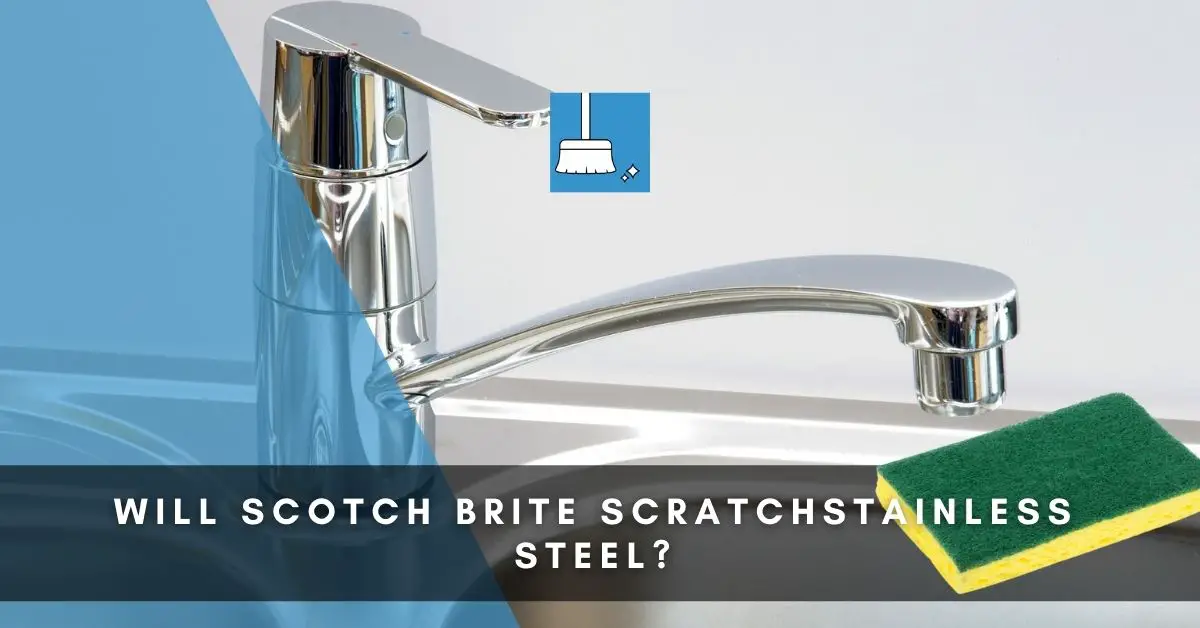
Pingback: Brillo Pad Vs Steel Wool (7 Comparisons!) »
Pingback: Can You Use Magic Eraser On Stainless Steel? (Better Ways!) »